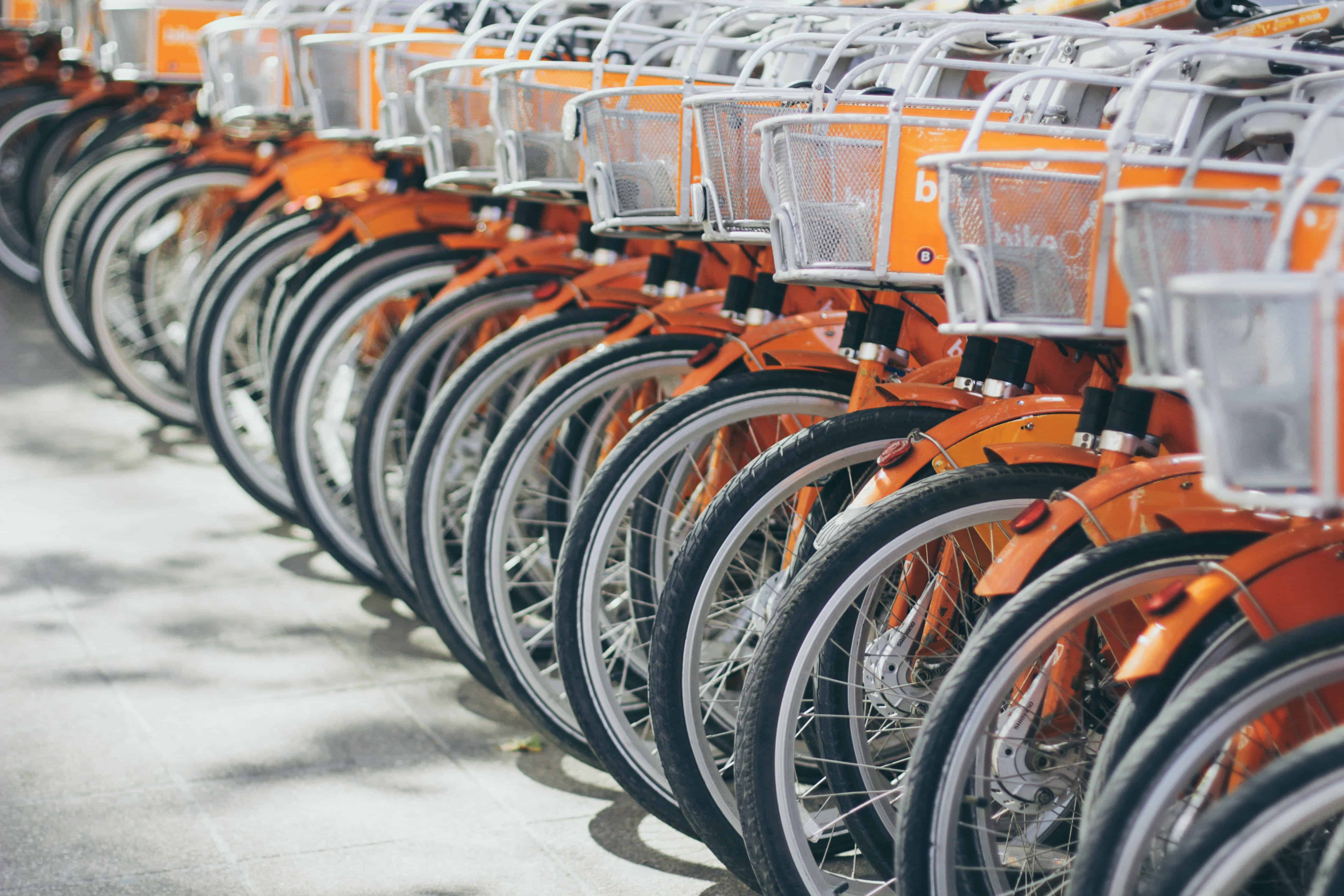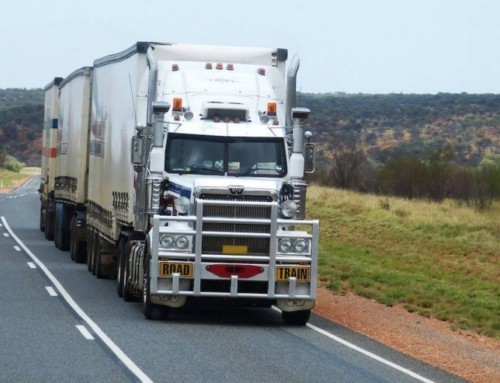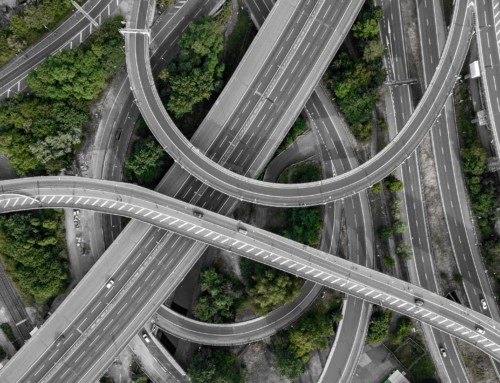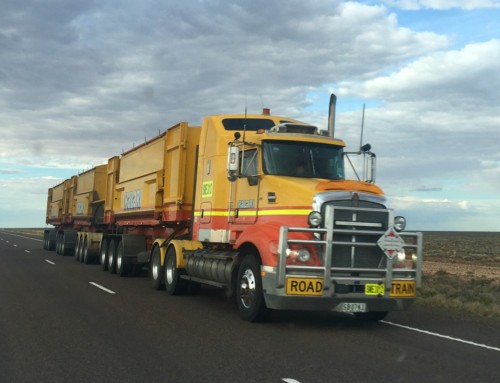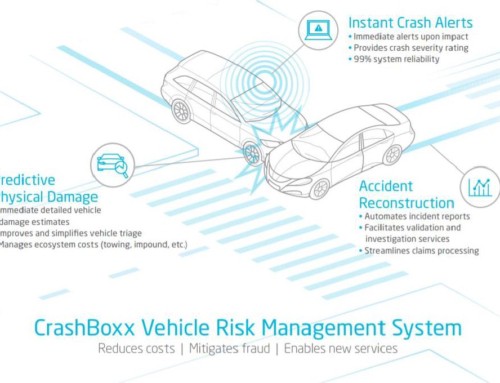The connected economy is closely tied to the on-demand economy as IoT technologies make new business models possible to provide consumers more options when they need them. From transportation to shipping to services, IoT provides the connectivity to deliver immediately, or certainly faster than before. It has shifted the economy further away from mass production to personalized services and goods, including mobility.
Transportation is one area where IoT technology is transforming mobility. Consumers are becoming less interested in owning a vehicle, especially in urban settings, when they have choices to get from point A to point B. There are vehicle-as-a-service models that are popular for longer and shorter distance trips; however, mobility itself becomes the service (MaaS) when all modes are considered, including micro-mobility (a distance of less than five miles) and public transit. A CBInsights’ study notes, “Shared mobility services are more convenient, and in some cases more affordable, than owning a car.” By connecting vehicles, transit and infrastructure, people have the ability to travel in the way that suits them best.
The disruption in travel enabled by IoT technology, such as vehicle and asset telematics, keeps users, transportation managers and the modes themselves connected by data communication, from unlocking shared bicycles to informing of current train schedules. CalAmp and LoJack solutions help close information gaps to improve usability, operational efficiency and safety. MaaS improves the accessibility of travel through the integration of often-isolated transportation modes. Telematics, vehicle area networks and other IoT technology enable connectivity and communication with intelligent devices, software-as-a-service applications and scalable cloud platforms that create opportunities to reinvent transportation for the future.
It is not only transportation mobility that is experiencing disruption but also the mobility of supply chains. Logistics is moving from fleet and shipment management to mobility management as delivery destinations branch from warehouses and retail to consumers’ front doors. These agile supply chains require building smarter processes and systems based on objective data. GPS devices on trucks and trailers to deliver real-time information about a shipment’s location so shippers can evaluate the right mix of transit modes for their goods, including last yard deliveries. When paired with smart sensors, supply chain and quality managers have insight into environmental conditions to monitor food safety as well as status of high-value goods while in transit. Data from both solutions help improve the mobility of goods from origin to destination.
IoT technology is being applied in various ways to coordinate transportation and shipments to improve mobility for a more efficient, connected economy. Looking toward the (near) future, as vehicles become more autonomous, they will rely on growing numbers of local networks to communicate with the world around them, including passengers, smart cities and the shipped goods themselves. Consumers and organizations alike will expect vehicles to be aware of themselves and their environments and to provide services and capabilities that are integrated with intelligence and autonomous decision-making.
If you would like more information on AssetOutlook, contact Step Global on +61 3 9551 7334 or email us at: sales@stepglobal.com


